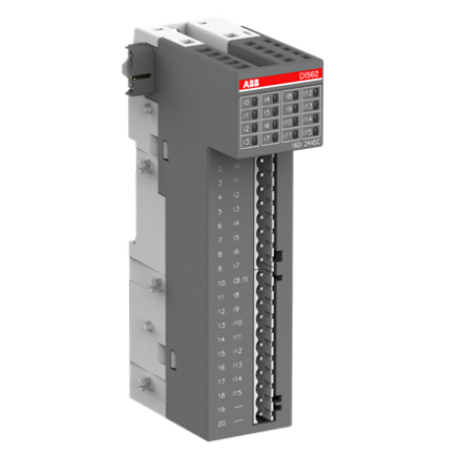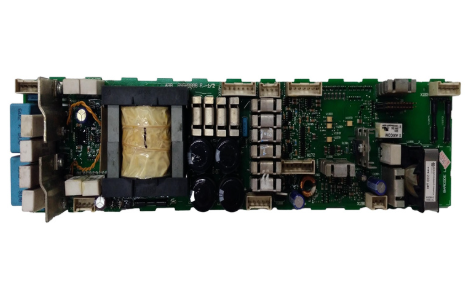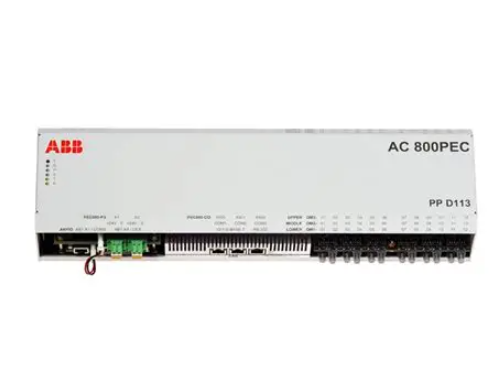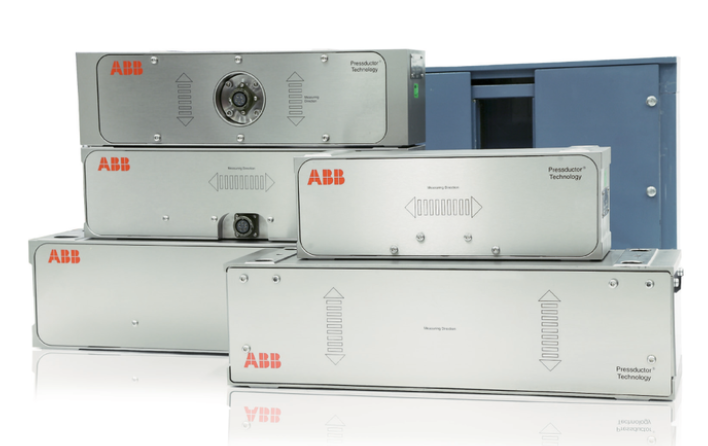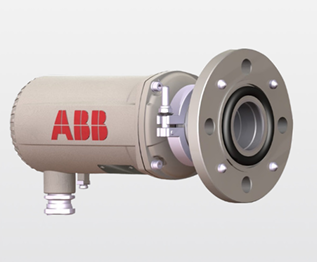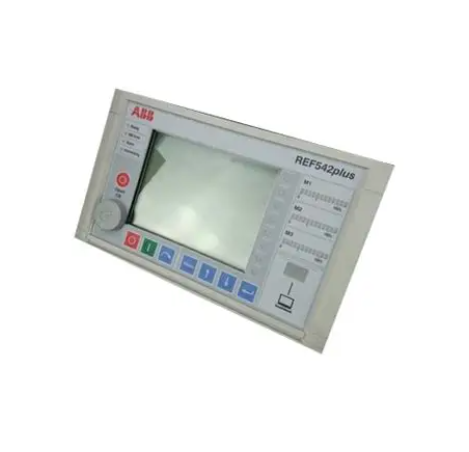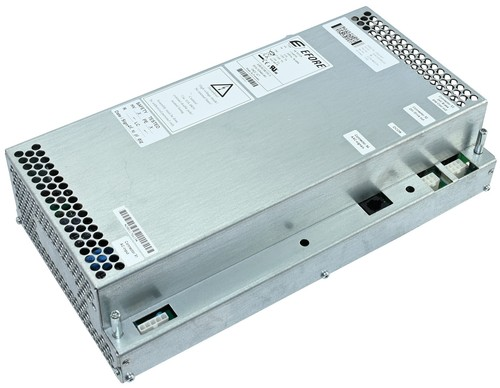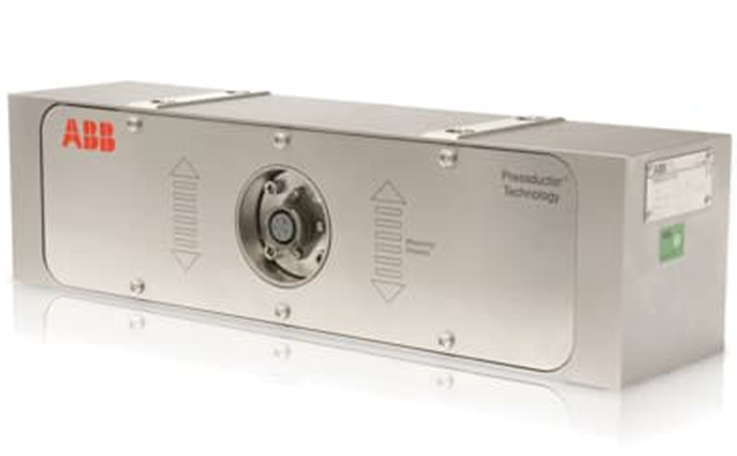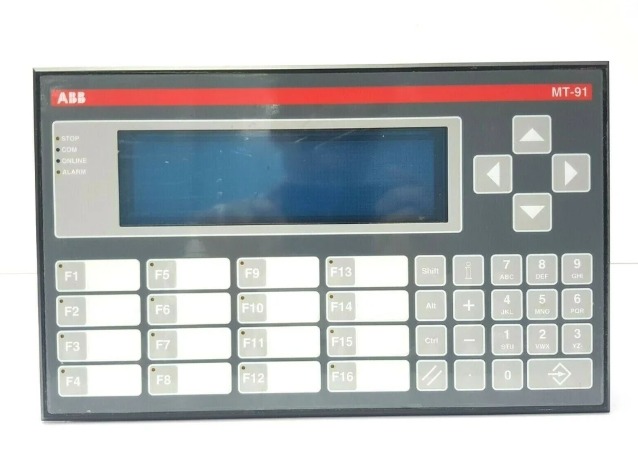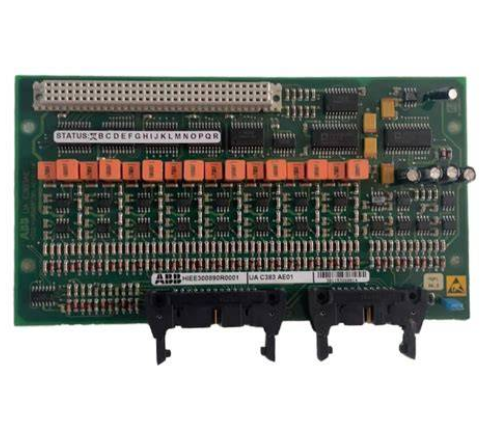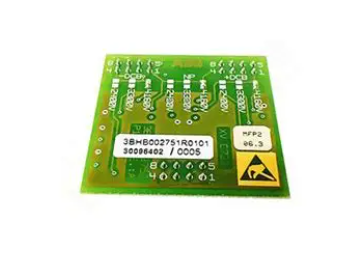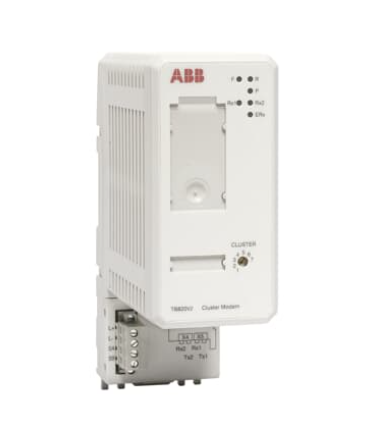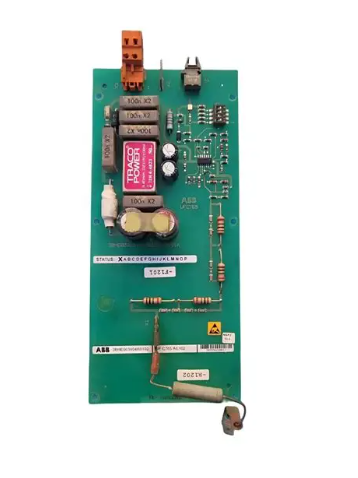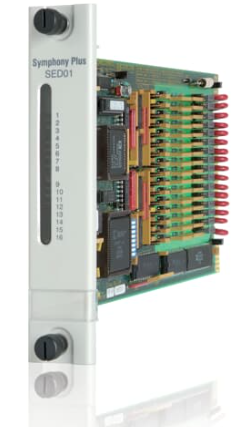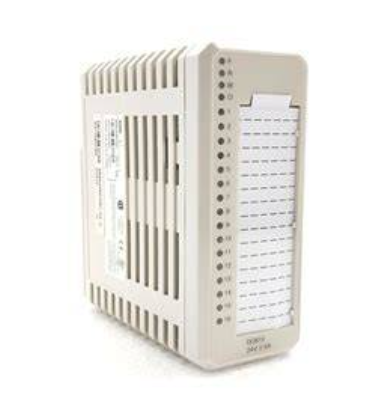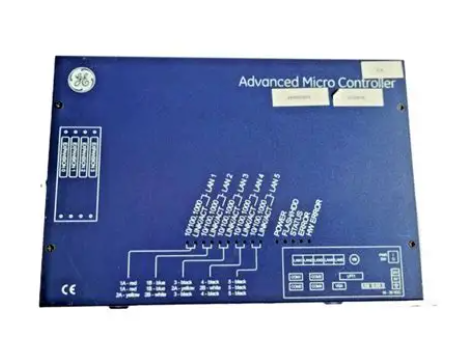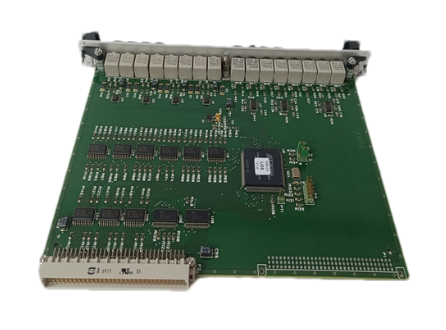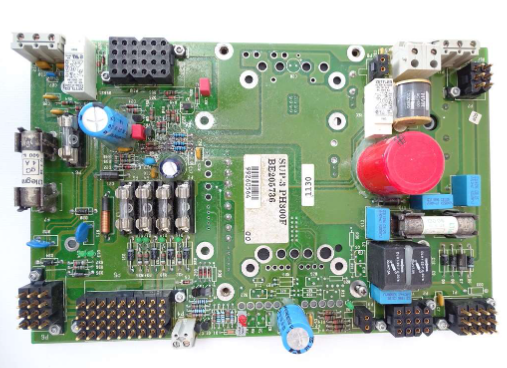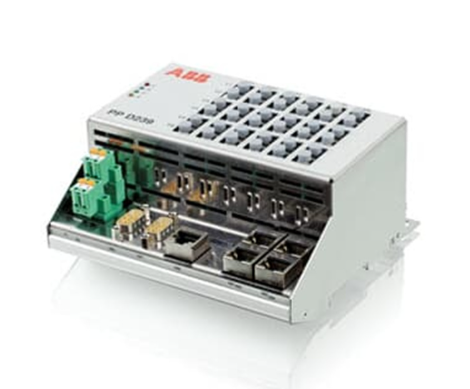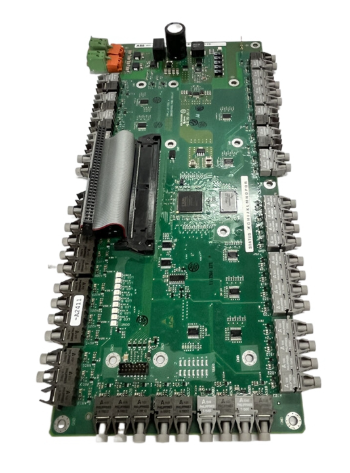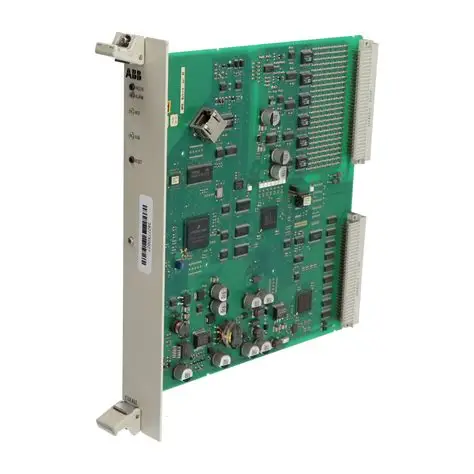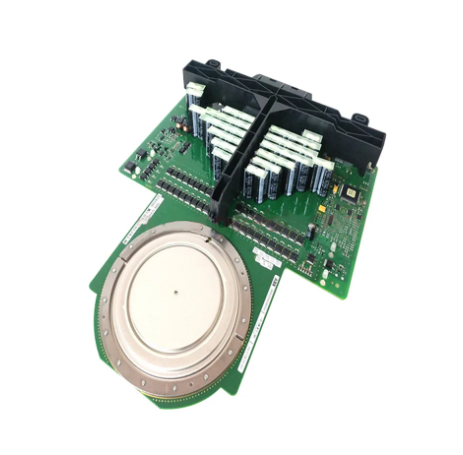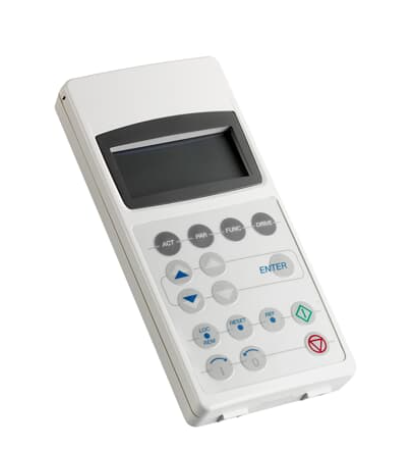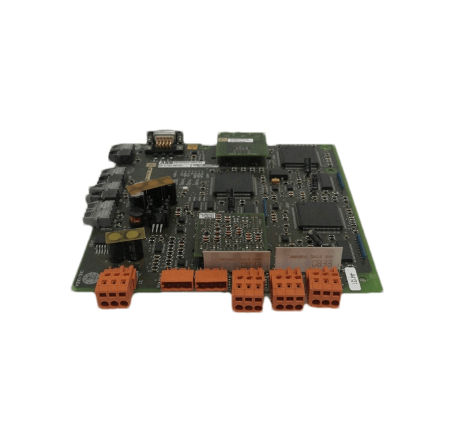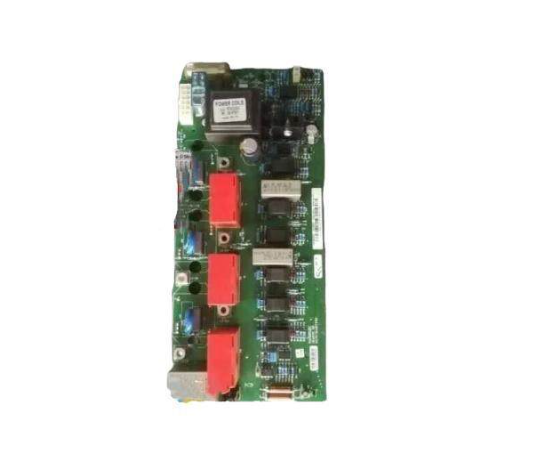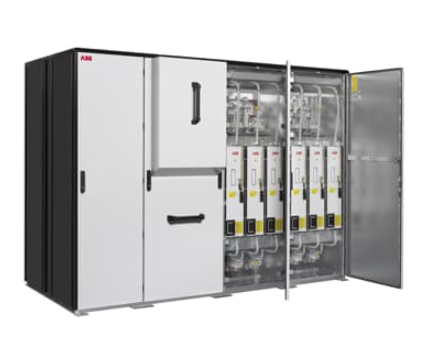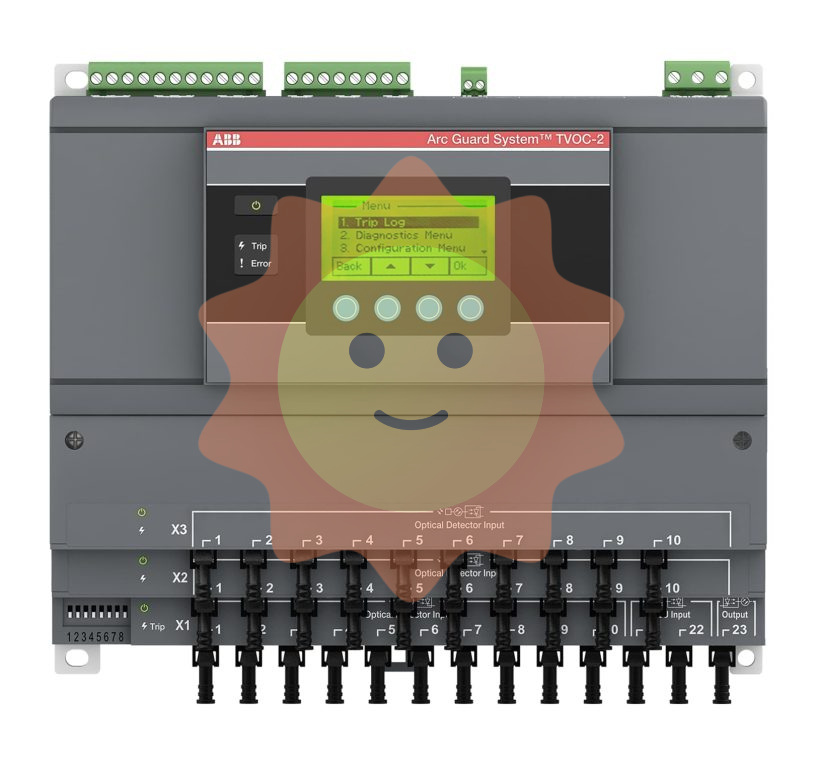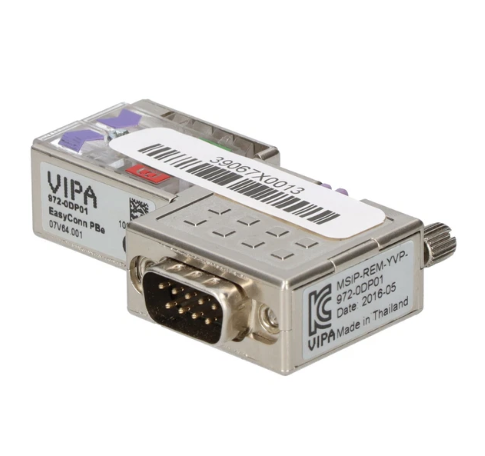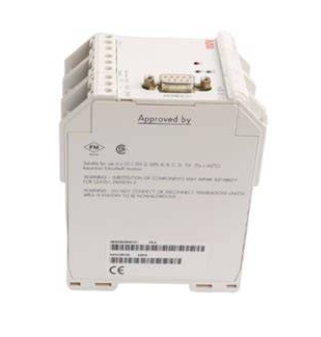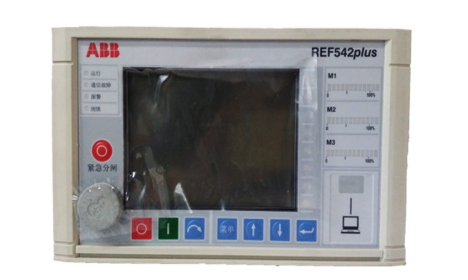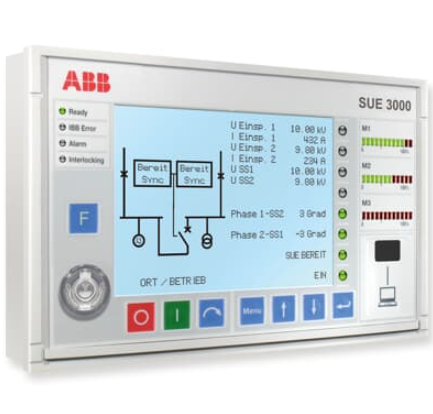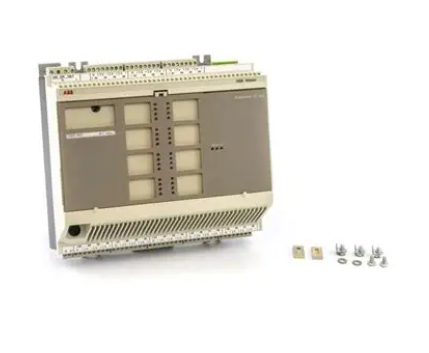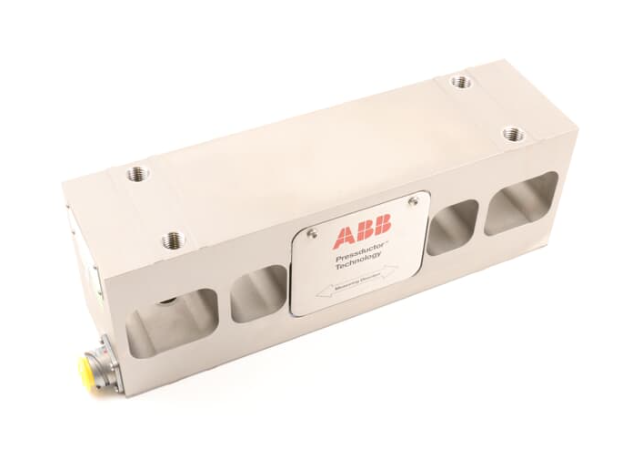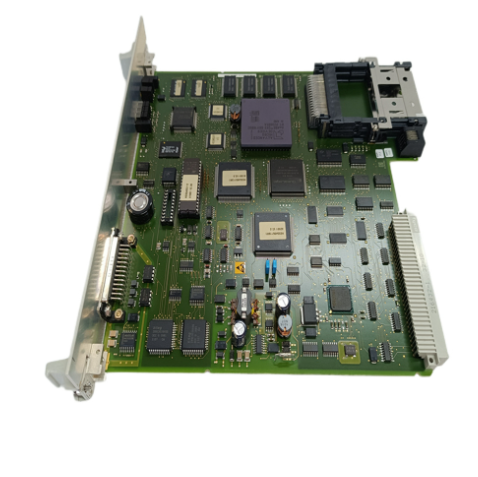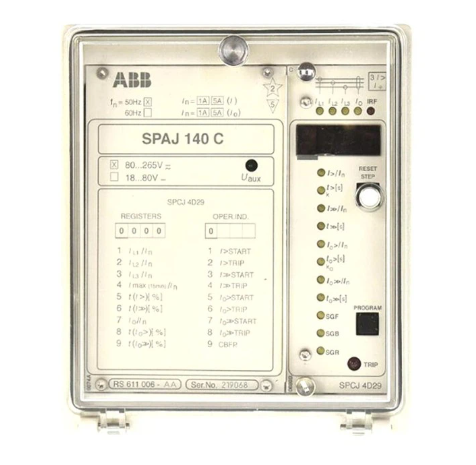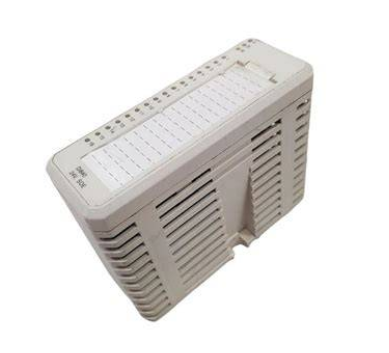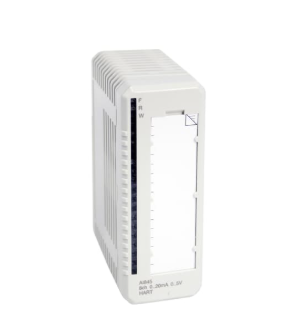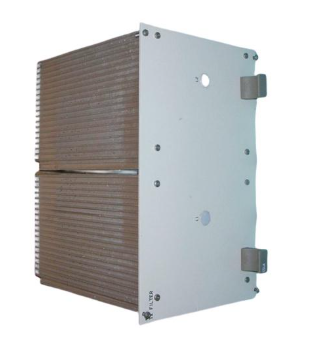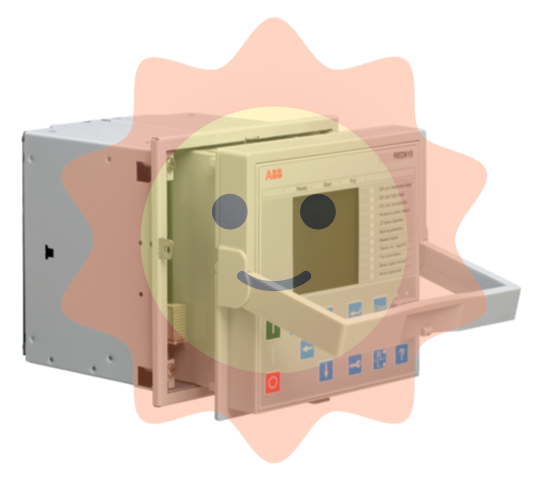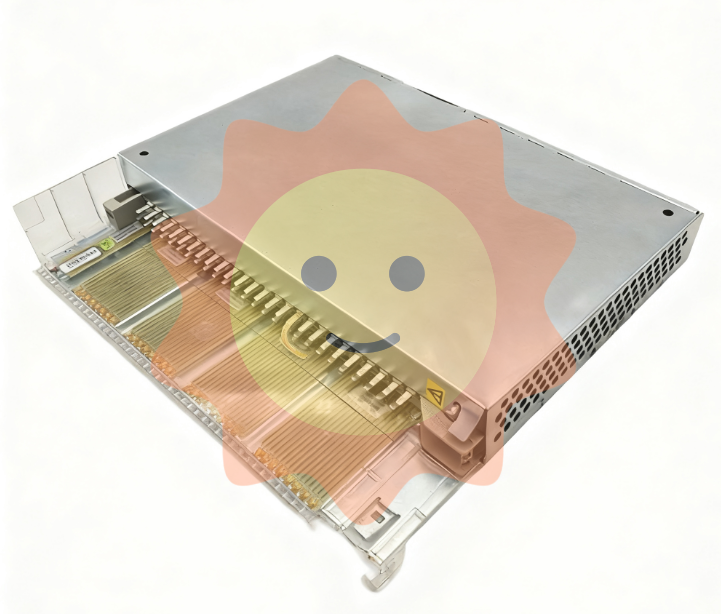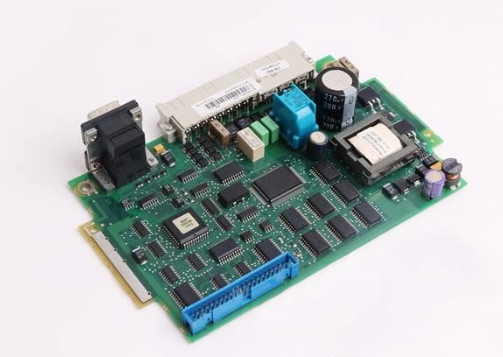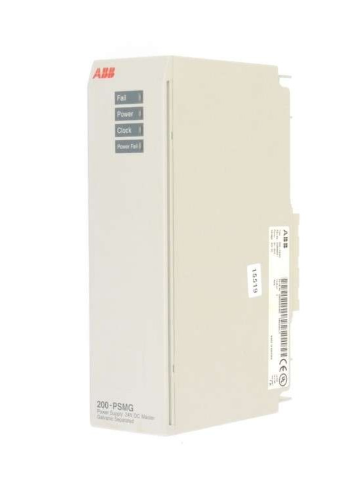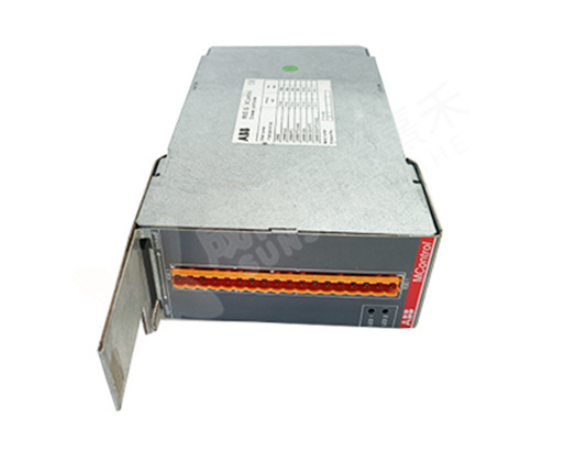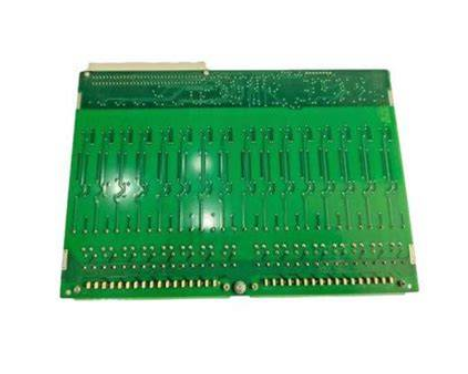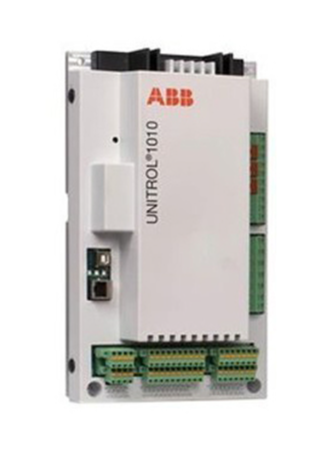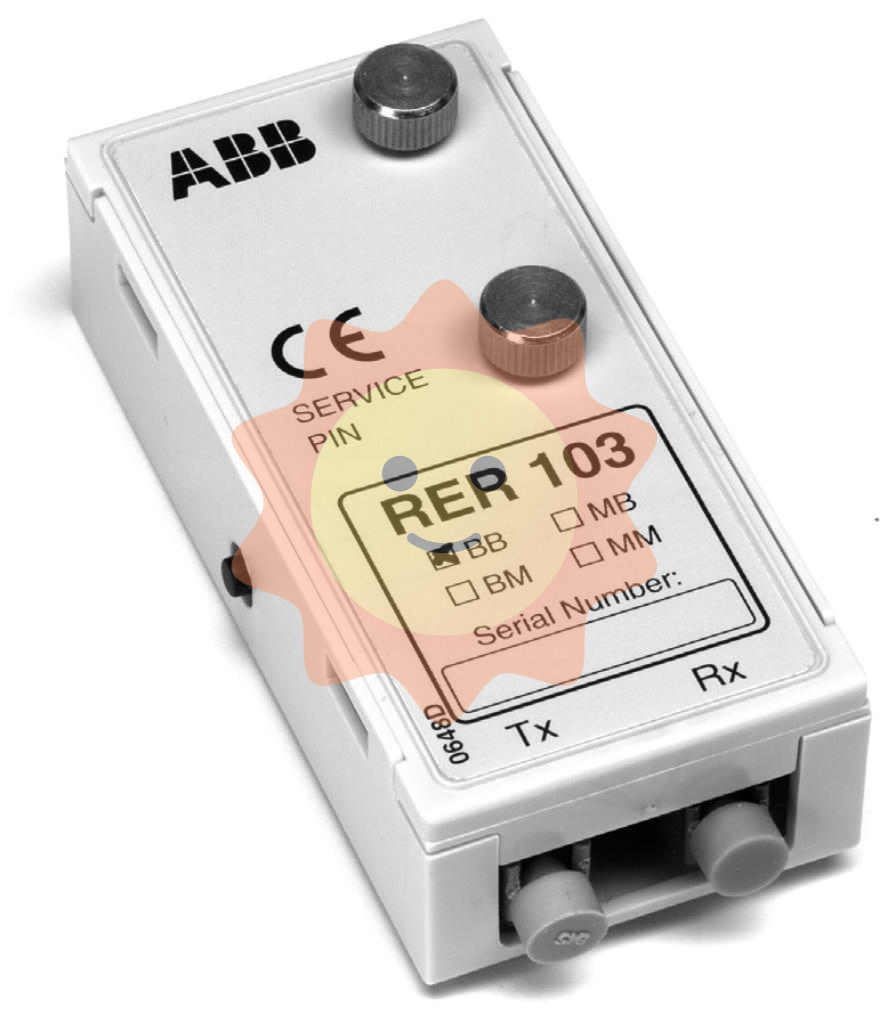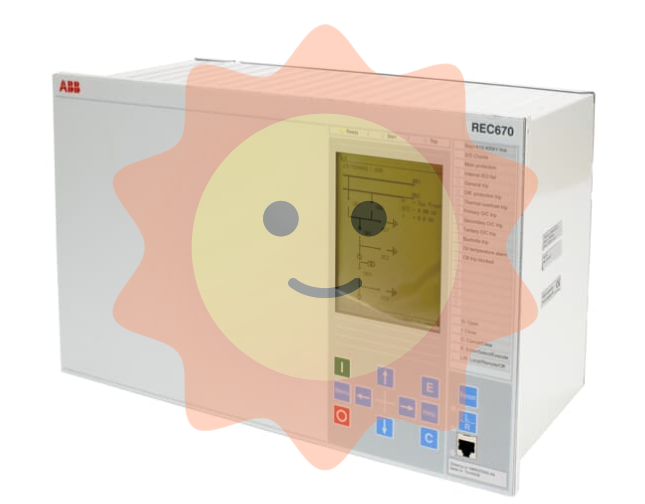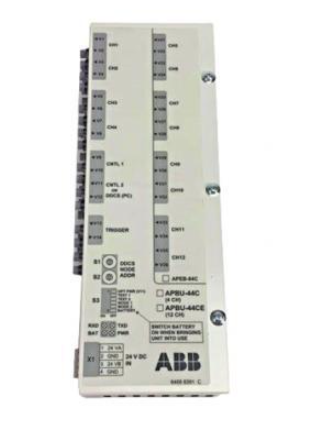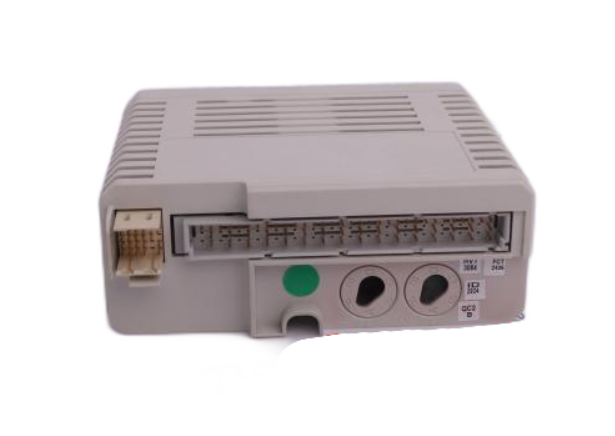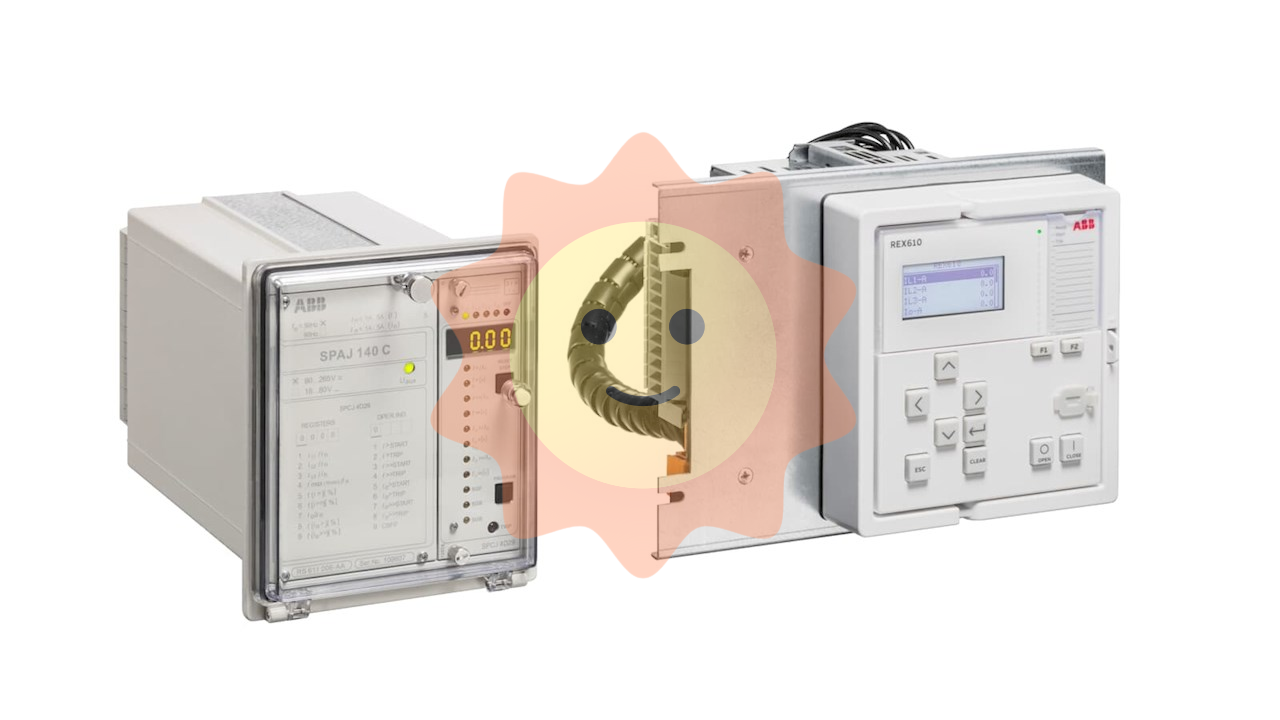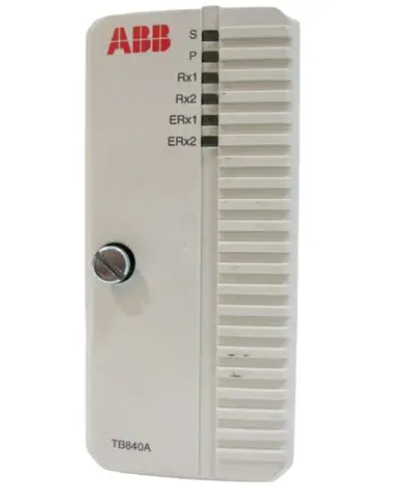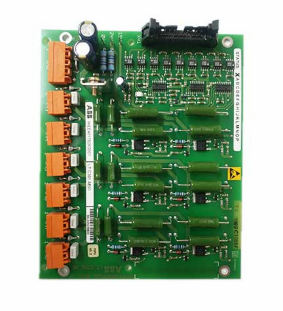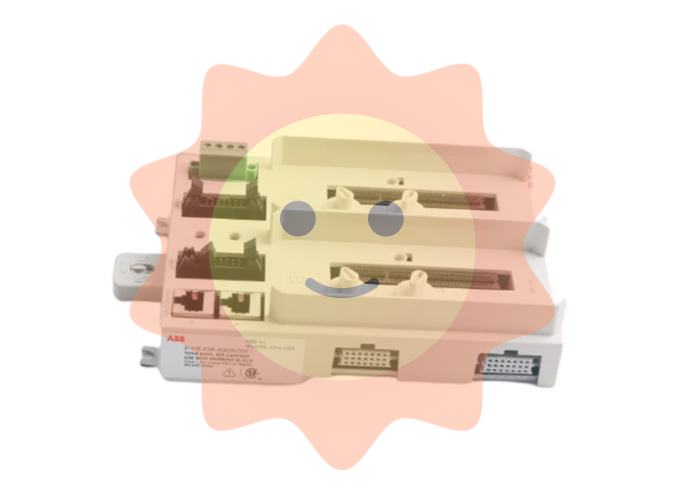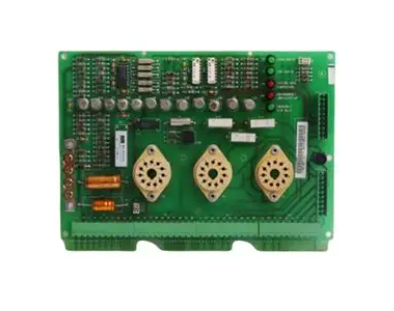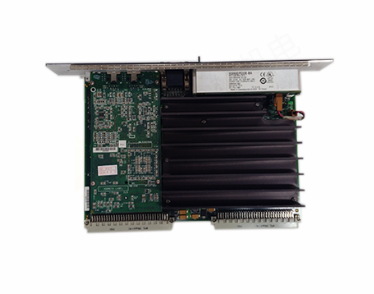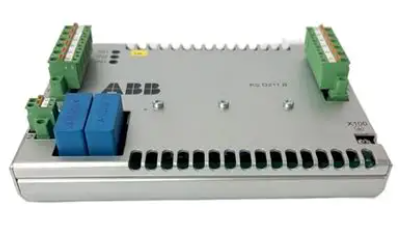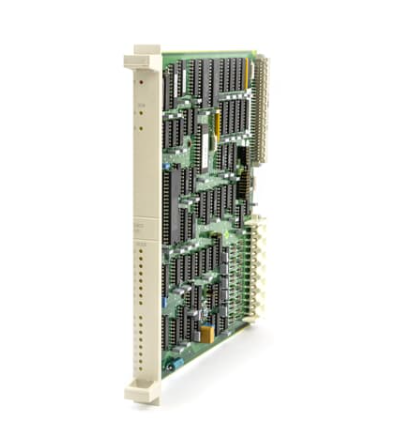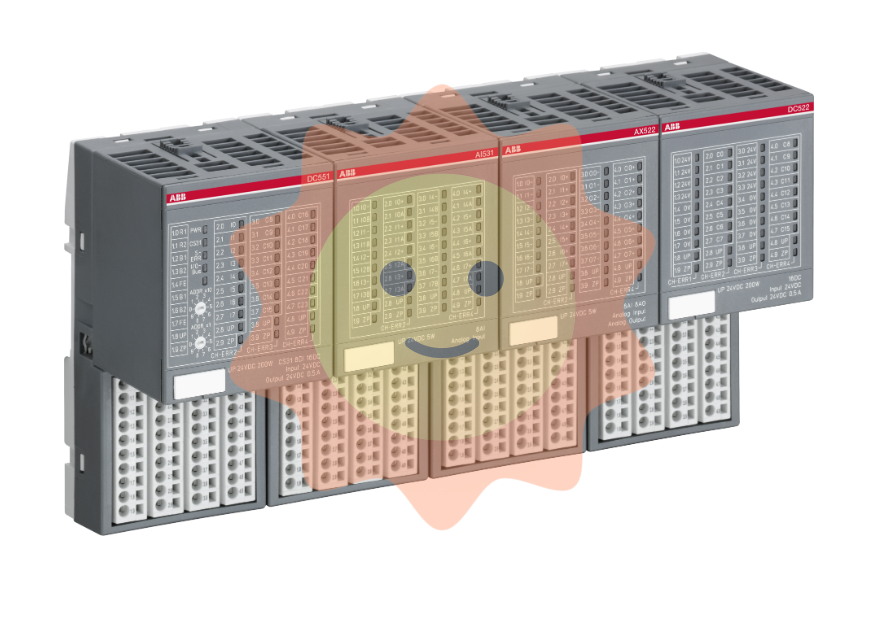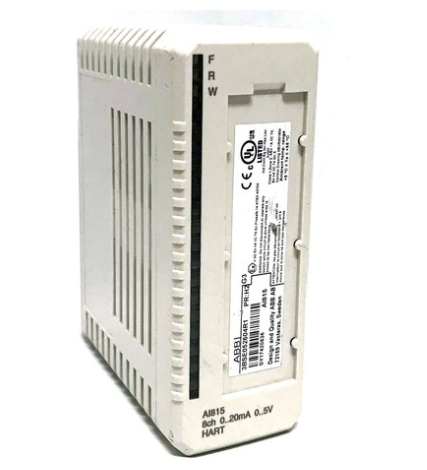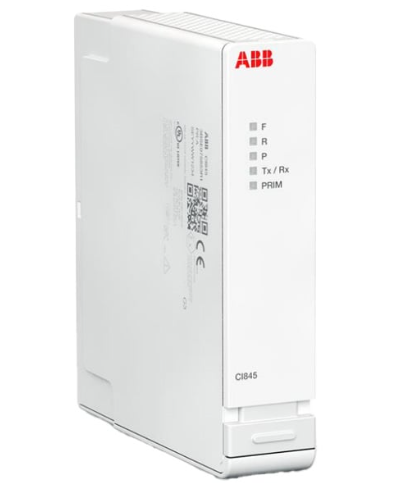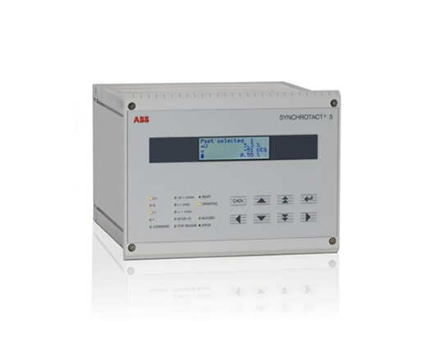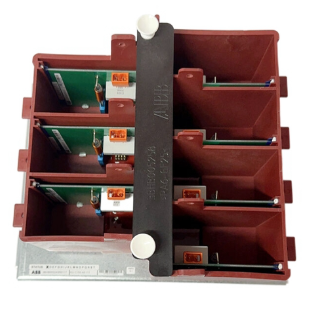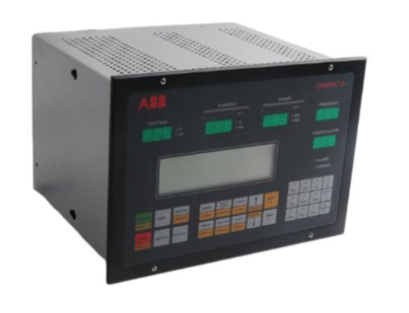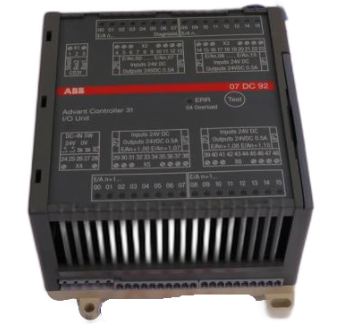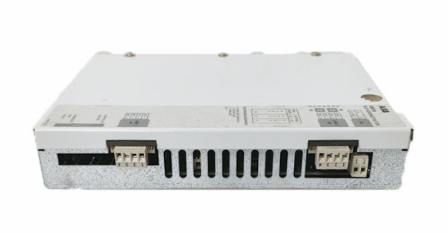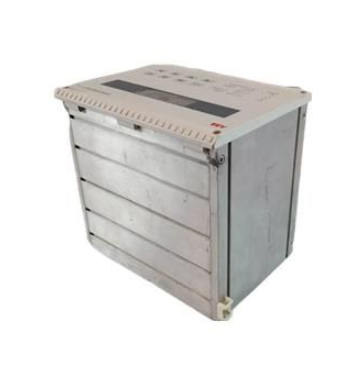ABB UAC326AE HIEE401481R0001 excitation system module
ABB UAC326AE HIEE401481R0001 excitation system module
Product Overview
The ABB UAC326AE HIEE401481R0001 excitation system module is a core equipment launched by ABB to meet the stable operation requirements of power systems, playing a key role in the field of synchronous generator excitation control. It achieves stable control of the output voltage of the generator by precisely adjusting the excitation current of the generator, ensuring reliable power supply and stable operation of the power system. This module adopts advanced control algorithms and reliable hardware design, with high precision, high response speed, and strong anti-interference ability. It can effectively cope with various working conditions in complex power environments and is an indispensable and important component of modern power systems.
Lattice parameter
Input parameters
Working voltage: Supports AC power input within a specific voltage range, such as 220V AC ± 10%, compatible with multiple grid voltage environments, ensuring stable operation of the module under different power conditions.
Frequency range: The applicable frequency is [specific frequency, such as 50/60Hz], which can be adapted to different regional power grid frequency standards.
Output parameters
Excitation current adjustment range: It can achieve precise adjustment of excitation current within a specific current range, such as 0-100A, to meet the excitation requirements of generators of different power levels.
Voltage control accuracy: The output voltage control accuracy is as high as ± [X]%, ensuring that the generator output voltage is stable within the specified range.
Communication interface: equipped with Ethernet interface, supporting communication protocols such as Modbus TCP and Profinet, facilitating high-speed data exchange with the upper computer or other control devices; Simultaneously equipped with RS-485 interface, supporting Modbus RTU protocol, facilitating local networking and communication between devices.
Working environment
Working temperature: It can operate stably within the temperature range of -20 ℃ to 60 ℃, and is suitable for power facilities in different regions and environmental conditions.
Protection level: With an IP20 protection level, it effectively prevents dust and foreign objects from entering, ensuring the safety of internal circuit components in the module.
Core functions
Voltage stability control: By monitoring the output voltage of the generator in real time and comparing it with the set value, the excitation current is automatically adjusted. When the voltage fluctuation or load change of the power grid causes the output voltage of the generator to deviate from the set value, this module can respond quickly, adjust the excitation current quickly, and stabilize the output voltage of the generator within the specified range, providing stable voltage support for the power system.
Excitation current regulation: The excitation current can be precisely adjusted according to the operating conditions and system requirements of the generator. Whether it is the start-up, normal operation or shutdown process of the generator, it can provide appropriate excitation current to ensure the smooth grid connection and stable operation of the generator. At the same time, when the load of the generator changes, the excitation current can be adjusted in a timely manner to maintain the reactive power balance of the generator and improve the stability and reliability of the power system.
Fault diagnosis and protection: Equipped with a comprehensive fault diagnosis system, it can monitor the real-time operation status of the module itself and the excitation system. When overcurrent, overvoltage, undervoltage, overheating and other faults are detected, alarm signals can be quickly issued and corresponding protective measures can be taken, such as cutting off excitation output, starting backup excitation, etc., to prevent the fault from expanding and protect the safety of the generator and the entire power system.
Communication and remote monitoring: With the help of Ethernet and RS-485 communication interfaces and multiple communication protocols, communication connection with the power system monitoring center is achieved. Supporting remote parameter setting, status monitoring, and fault diagnosis, operation and maintenance personnel can view the operating parameters and working status of the excitation system module in real time through the upper computer, remotely adjust control strategies, greatly improving the efficiency and management convenience of equipment operation and maintenance.
Working principle
When the ABB UAC326AE HIEE401481R0001 excitation system module is working, the output voltage and current signals of the generator are first collected in real time through voltage transformers and current transformers. The collected analog signals are amplified, filtered, and processed by the signal conditioning circuit, and then converted into digital signals that are input into the microprocessor inside the module.
The microprocessor analyzes and calculates the required excitation current regulation based on the preset control algorithm and the set voltage target value of the collected voltage and current data. Then, by controlling the pulse generation circuit to generate corresponding trigger pulse signals, the conduction angle of power semiconductor devices (such as thyristors) is controlled, thereby adjusting the magnitude of excitation current and achieving precise control of generator excitation.
- EMERSON
- Honeywell
- CTI
- Rolls-Royce
- General Electric
- Woodward
- Yaskawa
- xYCOM
- Motorola
- Siemens
- Rockwell
- ABB
- B&R
- HIMA
- Construction site
- electricity
- Automobile market
- PLC
- DCS
- Motor drivers
- VSD
- Implications
- cement
- CO2
- CEM
- methane
- Artificial intelligence
- Titanic
- Solar energy
- Hydrogen fuel cell
- Hydrogen and fuel cells
- Hydrogen and oxygen fuel cells
- tyre
- Chemical fiber
- dynamo
- corpuscle
- Pulp and paper
- printing
- fossil
- FANUC
- Food and beverage
- Life science
- Sewage treatment
- Personal care
- electricity
- boats
- infrastructure
- Automobile industry
- metallurgy
- Nuclear power generation
- Geothermal power generation
- Water and wastewater
- Infrastructure construction
- Mine hazard
- steel
- papermaking
- Natural gas industry
- Infrastructure construction
- Power and energy
- Rubber and plastic
- Renewable energy
- pharmacy
- mining
- Plastic industry
- Schneider
- Kongsberg
- NI
- Wind energy
- International petroleum
- International new energy network
- gas
- WATLOW
- ProSoft
- SEW
- wind
- ADVANCED
- Reliance
- YOKOGAWA
- TRICONEX
- FOXBORO
- METSO
- MAN
- Advantest
- ADVANCED
- ALSTOM
- Control Wave
- AB
- AMAT
- STUDER
- KONGSBERG
- MOTOROLA
- DANAHER MOTION
- Bently
- Galil
- EATON
- MOLEX
- Triconex
- DEIF
- B&W
- ZYGO
- Aerotech
- DANFOSS
- KOLLMORGEN
- Beijer
- Endress+Hauser
- MOOG
- KB
- Moxa
- Rexroth
- YAMAHA


Email:wang@kongjiangauto.com




